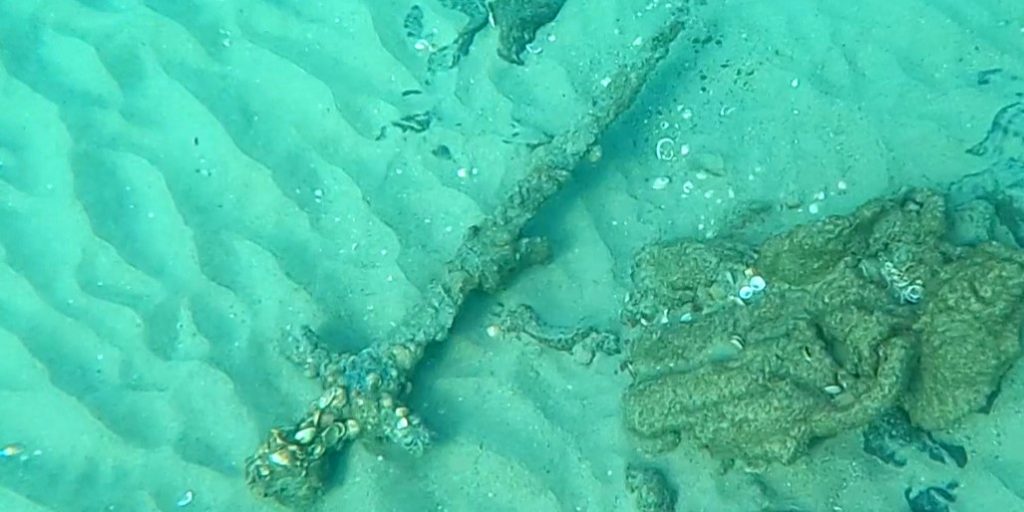An amateur diver discovers a 900-year-old Crusader sword off Israel’s Carmel Coast.
Others are reading now
In the waters off Israel’s Carmel Coast, an ordinary dive turned into an extraordinary discovery.
Shlomi Katzin, an amateur diver with a keen eye for history, was exploring the seabed when he stumbled upon something remarkable.
Amongst the usual underwater ruins — pottery fragments, stones, and metal anchors — lay a meter-long sword, its shape faintly visible in the sand.
Worried that the shifting seabed might once again hide this piece of history, he contacted the Israel Antiquities Authority (IAA).
Also read
Despite being encrusted with marine life, the sword’s blade, hilt, and handle were identifiable, having been revealed by undercurrents that had moved the covering dunes.
“The sword, which has been preserved in perfect condition, is a beautiful and rare find and evidently belonged to a Crusader knight,” said Nir Distelfeld, an inspector with the IAA’s Robbery Prevention Unit, as cited by the Scuba Diving Magazine.
The sword is believed to be approximately 900 years old, dating back to the time of the Crusades, when European countries launched multiple military campaigns in the Middle East to free holy sites from Muslim control with the backing of the Roman Catholic Church.
These knights left their mark across the region, including along the Carmel Coast, during these historic clashes in the 11th to 13th centuries
Site with a Long History
The specific site where the sword was found was already recognized by the IAA and has been used as a natural anchorage since the Late Bronze Age, around 4,000 years ago.
“The Carmel coast contains many natural coves that provided shelter for ancient ships in a storm, and larger coves around which entire settlements and ancient port cities developed, such as Dor and Atlit,” explained Kobi Sharvit, Director of IAA’s Marine Archaeology Unit.
“These conditions have attracted merchant ships down the ages, leaving behind rich archaeological finds. The recently recovered sword is just one such find.”
The Crusader sword, after being carefully cleaned and restored, will be put on display for the public.


